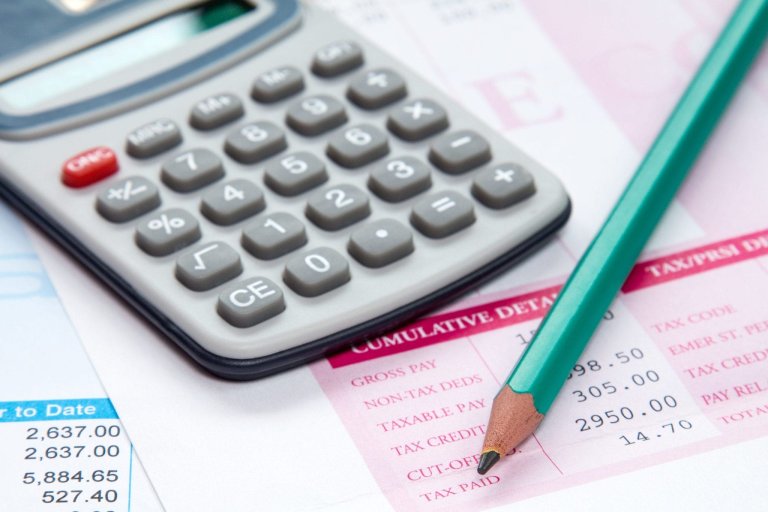Most business owners have some idea as to what their business is worth but may not have reliable data on which to base this opinion. We often find the assumptions owners use, including “rules of thumb”, to be unreliable and sometimes unrealistically high compared to what a buyer may pay – and remember, there must be a buyer. One focus for many business owners when they decide to sell is to help fund their retirement. We encounter many owners who don’t necessarily know the value of their business, how much money they need for retirement, or the steps they need to take to increase business value. Below we dive into FAQs around business value that owners need to know before considering a business sale or transition.
Why Do I Need to Increase My Company’s Value?
It’s not uncommon for owners to have more than 70% of their net worth tied up in ownership of a private company, which makes them highly dependent on the successful sale of the business to provide the cash they need for retirement. Many owners find they will have to increase the value of their business before they transition, or they risk not netting enough money after taxes and fees.
How Are Businesses Valued?
Determining the value of a business is not an exact science. There are various methods of determining value, depending on the nature of the business. For a business sale, value is primarily based on the future cash flows anticipated for a prospective buyer, whether the business is sold to an internal or external party. Value will be impacted by a range of factors, including the business’ size and industry, growth potential, risk profile, quality of products or services, profitability and competition, among other components.
How Can I Determine the Current Value of My Business?
There are typically two ways to determine the value of a business: a formal business appraisal or an informal value analysis.
Formal Business Appraisal/Valuation (“Opinion of Value” or “Valuation”)
- Prepared by a credentialed business appraiser
- NOT required prior to selling your company, but can be eye-opening at any time
- Involves a rigorous set of procedures, research, and analysis to develop a value
- Required for all formal gifting, estate planning, shareholder agreements, etc.
Informal Calculation/Value Analysis (“Calculation of Value”)
- Can be performed by a credentialed business appraiser or other professionals
- Represents an informal estimate or calculation of value based on a limited scope of work
- Intended to assist with planning, strategy, and possible negotiations in a sale
- Should be done prior to or concurrent with the creation of an exit plan to estimate current value and determine strategies to increase value and bridge any wealth gap
What are Buyers Looking For?
As one would expect, buyers pay more for quality companies. If you work diligently to grow and improve your business, buyers will generally be willing to pay more for it. There are many factors that drive a buyer’s interest and the best possible sales price. Owners often focus on top line revenue, which is important, but there are other critical areas that an owner should focus on, including:
- Trends in the business’ margins and operating profits
- Rate of expected future growth
- How clean the financials are (i.e., few personal expenses in the business)
- Strength of the management team in place
- Quality of the products and/or services
- Strength of the sales and marketing strategy
- Degree of risk in the business
- If the business is too reliant on the owner
- Established systems and processes (including documentation of such)
How Do Personal and Discretionary Expenses Impact Business Value?
Business owners thinking about a transition need to understand how personal and one-time expenses in the business can impact value. Because a business’ value is generally driven by the prospective annual cash flows a buyer can expect from the business, it’s important to consider the type and magnitude of expenses being “run” through the business, and how critical it is that these expenses be well-documented. Businesses are often sold based on “recast” or “proforma” financial results, such as cash flows or EBITDA (earnings before interest, taxes, depreciation, and amortization). The process of recasting the earnings generally involves adjusting for one-time or non-recurring expenses, along with documented personal expenses. However, we find that many owners do not accurately document their personal expenses in the business, and buyers are unlikely to agree to such add-backs without sufficient documentation so the impact can be significant.
What Small Adjustments Can I Make to Multiply Value?
One common method used when determining the value of a business involves the application of a factor called a “multiple” to a financial metric for the business, such as the recast EBITDA. Ideally, this multiple will be reflective of a prospective buyer’s perception of the riskiness of the business and the rate of return he or she requires on the investment in the business. Multiples vary by industry, by business, and by size of business, among many other factors.
Small Adjustments to Earnings
The example below illustrates that a small difference of $250,000 in EBITDA using the same multiple (5.00x) represents a $1,250,000 increase in the business value. In this example, every $1 of earnings equates to $5 of business value:
- Recast EBITDA $1,000,000 X multiple of 5.00x = $5,000,000 potential value
- Recast EBITDA $1,250,000 X multiple of 5.00x = $6,250,000 potential value
Small Adjustments to the Multiple
In addition to having an attractive EBITDA and projections that demonstrate sustainable earnings, qualitative factors, such as a lack of business dependence on the owner, market share and brand recognition, depth of management, established and defined processes, and valuable intellectual property, will often lower the perceived risk to the prospective buyer and support a higher multiple, as in this example:
- Recast EBITDA $1,000,000 X multiple of 5.00x = $5,000,000 potential sale price
- Recast EBITDA $1,000,000 X multiple of 6.25x = $6,250,000 potential sale price
Due to the multiplier effect, an increase in the multiple from 5.00x to 6.25x, due only to qualitative factors and lower perceived risk, can also represent a $1,250,000 increase in the business value or sale price.
What Steps Should I Take to Maximize Business Value?
Allow Time to Resolve Weaknesses
Owners must be vigilant about keeping their businesses competitive and consistently growing to maximize value and ensure their largest asset is protected. Whether it’s a calculation of value or full appraisal, we advise owners to have an analysis of the value of their business performed well in advance of a transaction. This exercise will often uncover items that need to be addressed before an internal or external buyer’s scrutiny or due diligence. Examples of weaknesses to look for and address include:
- Customer bad debts or a poor collections policy
- Undocumented policies and procedures
- The lack of written job descriptions
- Insufficient employee non-compete agreements
- Unresolved environmental or legal issues
Consider Whether You Need Audited or Reviewed Financials
If the business may be sold to a private equity group or a public company, make sure to have at least the previous three years of the business’ financial records prepared according to generally accepted accounting principles (GAAP) and consider engaging a CPA to conduct a financial statement audit or review. Sound financial records will position the company well for a sale. If some of your value drivers are not where they should be, it may take several years to correct these factors. However, with time and sound advice, most owners can improve their opportunities to sell the business more quickly and at a higher price. We recommend owners seek advice from a qualified professional in preparation for a sale, whether the anticipated sale will be to an employee, a family member, or an outside buyer.
Invest Early in the Planning Process
We recommend you begin the planning process at least three to five years prior to your desired transition. By undertaking this process early, you will know how to maximize value and when you sell, either internally or externally, you’ll be able to tap into the value and walk away with enough money to achieve your goals. The best way to accomplish this is to be prepared, which begins with planning. We recommend owners create a transition plan, outlining how and when ownership will likely be transferred and the anticipated steps to increase value. Keep in mind, some changes take more time than others to implement, so consider the desired time frame for the transition. With sufficient time, you may be able to make impactful changes and substantially increase value.
How Do I Get Started with the Business Valuation Process?
If the value of your business is not where you need it to be, you will have to determine if and how you can increase the value before you sell. Some of the most valuable companies not only have increasing revenue and profits, but also have strong management, high quality products and services, strong and consistent cash flows, clear processes and procedures and other solid value drivers. This may be the most important transaction of your life, and you cannot afford to make a costly mistake. Anders has Forensic, Valuation and Litigation advisors to help understand and increase the true value of the business and Business Transition Planning advisors to help plan your transition in line with business and personal goals. Learn more about how to begin the business valuation process or contact an Anders advisor below to discuss your specific situation.




